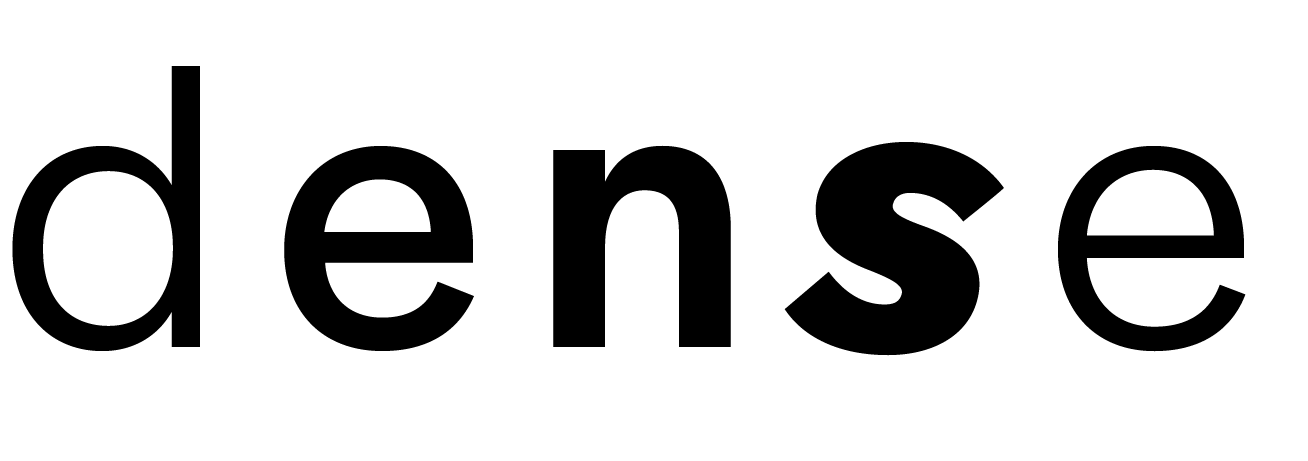Night Drive Home
- DesignShed Org

- Apr 30, 2022
- 4 min read
In his Issue 1 essay, photographer David Maisel brings us on a journey down the NJ Turnpike after decades away, to make peace with dystopia.

David Maisel/INSTITUTE, Oblivion 21N, 2004. Archival pigment print. 40 x 40 in.
Where do you go to get a good view of a bewildering place? From 10,000 feet above, if you’re artist and photographer David Maisel newly arrived in Los Angeles. The result was the Oblivion project, a series of photographs that are simultaneously anxiety-inducing yet comforting in their familiarity. It’s LA, but it’s also Jersey. More than just aerial photographs, they are archives of settlement patterns, predictors of a future, and maybe a bit of a warning. Maisel’s images reprinted here, along with an essay, reflect on his memory of the Turnpike landscape and its west coast echoes.
It’s been forty years since I first navigated the New Jersey Turnpike: alone at night in my stick shift hatchback Honda, Philip Glass spooling on the cassette player, summoned from college back to the folks’ house for a holiday gathering. As I sped past the refineries of Elizabeth, it occurred to me that the entire world was a giant dystopian stage set, a simulacrum surrounding me, in which I was—we all were—embedded. I’d departed from a faux Gothic collegiate campus, and headed for my hometown on Long Island’s south shore, a Levittown-esque diorama of identical ranch houses (unless you lived around the corner, in which case the floor plan and every elevation was, somewhat chillingly, reversed).
The lights atop the refineries and Glass’s thrumming Koyaanisqatsi score lulled me into a trance.
On the no man’s land of the Turnpike, I felt filled with dread at the noxious industrial landscape, though it was perhaps the most authentic site I occupied that day. At the time, it seemed an in-between non-place, a threatening void. The lights atop the refineries and Glass’s thrumming Koyaanisqatsi score lulled me into a trance. Eighteen wheelers formed a phalanx around me, obscuring the exit signs. Following the car in front of mine, I almost exited towards Staten Island. I had no idea who or where I was.

David Maisel/INSTITUTE, Oblivion 11N, 2004. Archival pigment print. 40 x 40 in.
Flash forward a few decades to the turn of the millennium: I moved to the West Coast, having abandoned a career in architecture to become a photographer focused on aerial images of environmentally damaged sites. By 2004, I had an urge to visualize Los Angeles’s superstructure of freeways as asphalt arteries carving out gridded urbanscapes—a megalopolis that seemed (at first) to be wholly different from that of the East Coast, or any other place I’d experienced. Working with a pilot, I mapped flight patterns using software called SkyTracker, an early precursor to Google Earth. This series of aerial photographs became Oblivion.
Examining my black-and-white negatives from Oblivion on a light table, I preferred how they looked without being printed in positive; as negative, inverted images, they were haunting and spectral. Now I think of that uncanny inversion in my childhood hometown, where one street was lined with dwellings the reverse of another. The transposing tones in Oblivion are a similar act of de-familiarization, referencing ways of imaging like the X-ray, which sees within the structure of an object or a body, or electron microscopy, or even the flickering light of an atomic blast. A ghostly, day-for-night version of reality permeates the pictures; water seems made of metal, the city made of ash.
It’s as if viewers see a shadow but can't find what casts it.
When I made these photographs seventeen years ago, the nation remained in the long shadow of 9/11, when the ash of the Twin Towers had fallen on New York. My motives for making aerial photographs of LA were questioned by the Federal Aviation Administration, and it proved difficult to gain permission to work from the air. Post-9/11, the aerial view of the urban fabric from above revealed what architectural theorist Anthony Vidler called “the paranoiac space of modernism.” The word “paranoia” comes up often in response to Oblivion, as the writer William L. Fox has suggested. It’s as if viewers see a shadow but can't find what casts it. The pictures describe an existential fear central to modernity: the anxiety of estrangement from the world. It is a condition that recalls my night drive home on the New Jersey Turnpike, many years ago.
Even now, in an era when our vehicles offer satellite views of our location at any moment, and calculate pathways to our desired destinations, the aerial image holds a different kind of power. It isn’t omniscient anymore, and may have lost its transcendent capacity. Instead it grants us a perspective to consider our place on Earth, even as the familiar is rendered strange. We can see our place in this dystopia, and that makes it ours.

David Maisel/INSTITUTE, Oblivion 15N, 2004. Archival pigment print. 40 x 40 in.
David Maisel is an artist working in photography, video, and painting, and a 2018 Guggenheim Fellow. Work from his photographic series Desolation Desert was recently acquired by the Getty Museum in Los Angeles, where it is currently featured in the exhibition The Expanded Landscape.
Booth, Please is our weekly newsletter that explores the dreams, discoveries, confrontations, and epiphanies that emerge when design meets New Jersey — all set within the comforts of the world's diner capital. Subscribe below and cozy up every Sunday.










Comments